Saint Petersburg was the first city in Russia, which developed according to a prescribed plan
Oleg Ozerov
Saint Petersburg was founded by Peter I named the Great. They tried to challenge this truth in the 18th and 19th centuries, and they are still trying to challenge it today, based on the assumption that the Swedes once built a fortress on the site of the city established by Peter and a dozen houses in which Swedish merchants lived.
But, firstly, it was a colonial settlement. The Neva River banks had never belonged to the Swedes. Ivan the Terrible vigilantly looked after this land, and when the Swedes or Danes tried to settle at the mouth of the Neva River, Russian archers knocked them out from there. When Ivan the Terrible fell ill in 1583 and the Swedes heard about it, they tried to recapture small plots of land there, but the archers drove them out.
Boris Godunov, having become the Russian sovereign, lost almost everything that was important for the defense of Rus’ along the western border.
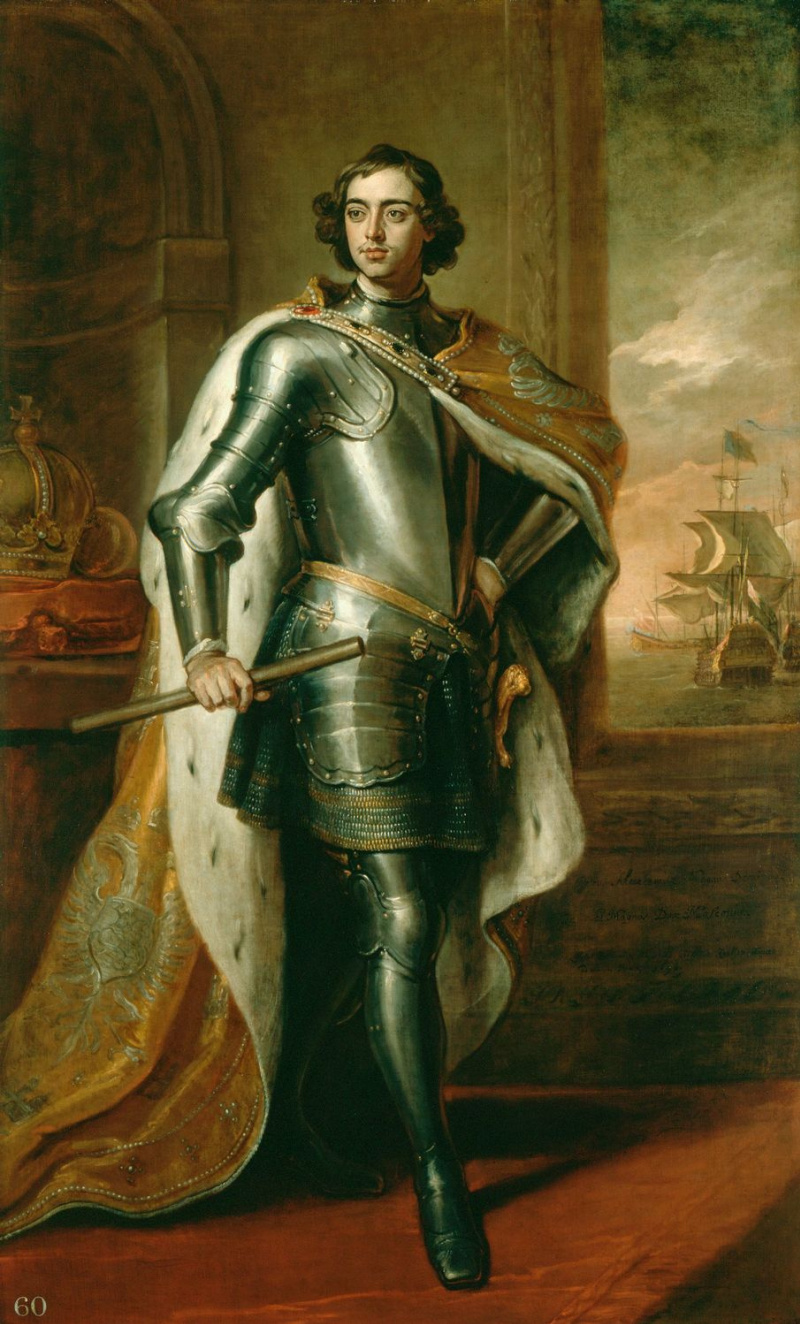
Admirers of this insidious despot believe that his most important achievement included the successful negotiations with the Swedes, as a result of which the fortresses of Yam, Koporye and Ivangorod were returned to Russia. At the same time, for some reason, they rarely remember that in return for that, Godunov gave up Narva to the Swedes.
The result was disastrous for Russia! Before that the Swedes had to locate three small garrisons in three fortresses, none of which was as powerful as Narva, which was considered impregnable. Now the Swedes consolidated their forces, which were previously distributed among three garrisons, and, accordingly, were able to maintain one large garrison in Narva with an unprecedented number of guns. When Peter I besieged the Narva Castle in 1704, the Swedes had up to 3.5 thousand infantry, 1 thousand cavalry and 570 guns there! And navigation on the Narva River, which flowed into the Narva Bay, was completely blocked by the fortress. So, who ultimately won the Godunov’s negotiations?
Having established themselves in Narva, the Swedes launched a rapid expansion throughout the northwestern part of Rus’. At the beginning of the 17th century, taking advantage of weak Russia that suffered from the fratricidal Time of Troubles spread by Godunov, the Swedes captured most of the Neva River banks, and in 1611, at the mouth of the Okhta River, the Swedes founded the Nyenschantz fortress on the site of a small Russian settlement. On the opposite bank of the Okhta River, the Swedes began to build the city of Nyen.
In 1617, the Swedes even announced that they included this colony in the kingdom called Ingria and immediately started to oust the Russian population from the occupied territories.
According to the Treaty of Stolbovo signed between Russia and Sweden in 1617, almost all of the Neva River banks and most of the lands once conquered by the Swedes in that area, went to Sweden. Tsar Michael (Romanov) had to go for it under the conditions when Russia was ruined and weakened by the Time of Troubles and the Polish intervention. According to the Treaty of Stolbovo of 1617, Russian nobles who did not want to become subjects of the Swedish king, were given only two weeks to leave Ingria. The Swedish kings willingly distributed their lands to Swedish nobles. By the time Russian troops appeared at the mouth of the Neva River in 1703, the lands on which Petersburg soon began to be built, were already divided among large Swedish landowners. The largest possessions belonged to the governors who ruled here.
In 1656, the Russian commander, the royal cup-bearer P. I. Potemkin took Nyenschanz by storm, however, then Russia still failed to return the Neva lands, and the Swedish authorities actively continued to oust the Russian population.
During the Northern War (1700–1721), Russian troops under the command of Boris Sheremetev invaded Swedish Ingermanland (Ingria). First, on December 30, 1701, a victory was won in the Battle of Erastfer, and then in July 1702, in the Battle of Hummelshof. On September 27, 1702, Russian troops under the command of Sheremetev laid siege to the Swedish fortress of Nöteborg located at the source of the Neva River from Lake Ladoga, and on October 11, 1702, they stormed and took the fortress. Finally, in the spring of 1703, after a week-long siege, the Nyenschantz fortress located at the confluence of the Okhta River with the Neva River, was taken by Russian troops. Thus, by the beginning of 1703, the Russian army regained the coast along the entire course of the Neva River. The settlement of Nöteborg built by the Swedes on the site of the Oreshek fortress, which was founded back in 1323 by Prince Yuri Danilovich, was renamed Shlisselburg (“key-city”) by Peter I, and on May 16 (27), 1703, he founded the new city of Saint Petersburg at the mouth of the Neva River.
However, they soon had to defend themselves from the Swedes: in the summer of 1703 and in the summer of 1705, the Russian army and fleet twice repulsed the attack of the Swedish fleet on Kotlin and Saint Petersburg.
The tsar faced the question of how best to defend the future city: after all, the Northern War was still going on! Having studied the map of the delta of Neva, Peter I chose Zayachy Island as the site for the construction of the fortress, where some of the fortifications of the Nyenschantz fortress were preserved. The preserved part of the central fortification and both crownworks of the fortress were saved, and the Smolyany Yard was located in the left-bank crownwork. Part of all these fortifications is believed to have survived until 1717, when the fortress was almost entirely rebuilt. Both crownworks and other remaining fortifications were completely torn down only by 1745, but already from 1725, those who were transferred to live in the new capital were settled in the remaining part of the old settlement.
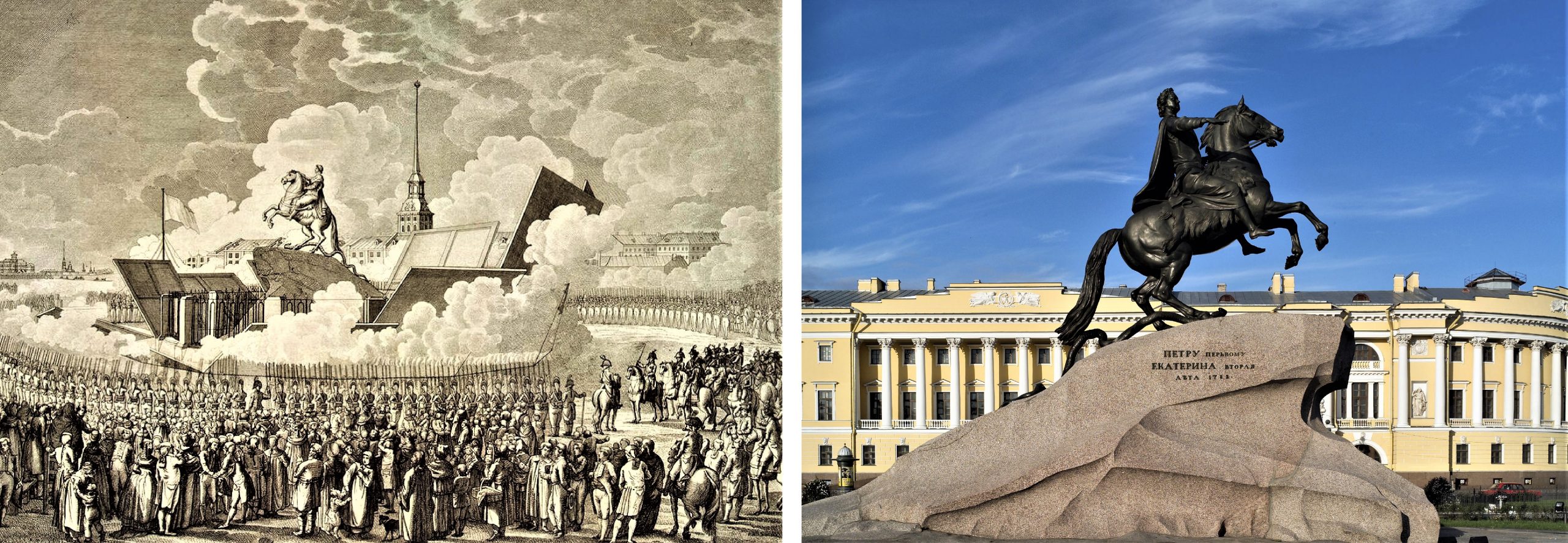
Peter the Great decided to call his brainchild Saint Petersburg. Of course, his own name mattered when he chose the city’s name. But, in addition, the Apostle Peter, according to Christian tradition, was the keeper of the keys to paradise, which also seemed symbolic to the Russian Tsar, since the city, bearing the name of his heavenly patron, was to become “the key to the Baltic Sea.” A few years later, the fortress was named the Peter and Paul Fortress after the name of its main cathedral. The name of the city – Sankt-Piter-Burch – was close to the Dutch pronunciation of Sint-Petersburg; it is well known that Peter I among foreign languages has the best command of Dutch. In 1720, the name Sankt-Piter-Burch was changed to the more euphonious Saint Petersburg.
Among the first buildings of the new city are the original “Peter’s Palace” (a house on Berezovy Island), as well as the Church of the Holy Trinity.
Menshikov’s house appeared next to Peter’s house, then the first Gostiny Dvor and the first sugar factory. Judging by the names of the first streets in the capital – Posadskaya, Dvoryanskaya, Ruzheinaya, Monetnaya, Pushkarskaya, Zeleynaya (Settlement, Noble, Rifle, Coin, Gun, Potion streets) – the new city developed not only as a military fortress, but also as a secular settlement.
In November 1703, in memory of the fact that the fortress was founded on the day of the Holy Trinity, the first temple, the Trinity Church, was opened in the city. It was here that in 1721 Peter accepted the title of emperor.
Peter I attached exceptional importance to the new city for providing a waterway from Russia to Western Europe. In the autumn of 1704, at the mouth of the Neva River, the construction of the Admiralty Shipyards with fortifications began. At the end of 1706, in order to protect the Peter and Paul Fortress from shelling from the opposite bank, Peter I issued an order to build the Kronverk. The victory in the Battle of Poltava (1709) and the capture of Vyborg further strengthened the position of Saint Petersburg.
Saint Petersburg, which had been the capital of Russia for two centuries starting in 1710, was built mainly by serfs who were forcibly driven to build the city. They say that Petersburg stands on the bones. Indeed, during the construction, several thousand peasant workers died from malnutrition and exhausting labour. But in 1710, Peter ordered to relocate about 15 thousand different artisans from all regions of Russia to Saint Petersburg. Lands in the city were distributed for free. Thus, that part of the city which today forms the historical centre, was built up very quickly.
At that time the construction was focused on European canons, all buildings were erected by foreign masters in the image and likeness of the architecture of European countries. Saint Petersburg was built according to the well-managed plan. Peter I wanted to liken the new city to Venice or Amsterdam. By order of the emperor, the architects J. B. Leblon and Domenico Trezzini developed the site plans for the new capital.
Saint Petersburg was the first city in Russia (and the only one for almost 200 years!), which developed according to a prescribed plan. This determined the high level of urban planning and contributed to the formation of urban ensembles characteristic of the late 18th and early 19th centuries. In 1703, by royal decree, the Chancery for the Buildings was established, which supervised all the work, but in fact it was directed by Peter himself. In order for the city to grow and develop rapidly, the tsar temporarily forbade stone construction everywhere except Saint Petersburg. And on May 19, 1712, at the behest of the tsar, the capital was relocated from the old merchant Moscow to young, only nine-year-old Saint Petersburg.
During the first ten years of the city’s existence, its main area included the Gorodskoy Island (now Petrogradsky Island) with facilities, artisanal settlements and military units. The Island was connected to the Peter and Paul Fortress with a drawbridge. Later, the left bank of the Neva River began to be built up, where the Winter Palace, Summer Palace of Peter I, and Summer Garden were located. In 1712, Peter I issued a decree on the creation of the Master Plan of Saint Petersburg, according to which Vasilyevsky Island was chosen as the centre of the city. It was here that port facilities, lighthouses, as well as the building of the Twelve Colleges and the Kunstkamera were built. In 1713, the Senate moved here. In 1725, the Academy of Sciences was founded in Saint Petersburg, where in 1728 the first Russian newspaper, Sankt-Petersburgskie Vedomosti, was published.
Until the middle of the 18th century, little attention was paid to the decoration of the city, pursuing a single goal to erect as many buildings as possible at a rapid pace. At first, there were not so many large stone structures. But with the reign of Empress Elizaveta Petrovna, the construction policy changed: during her reign, they began to put efforts to enrich the city with majestic buildings worthy of the national capital. It was then that the construction of the Winter Palace began, where the Hermitage Museum is now located. Anichkov Palace, Smolny and Vladimir Cathedrals also were added.
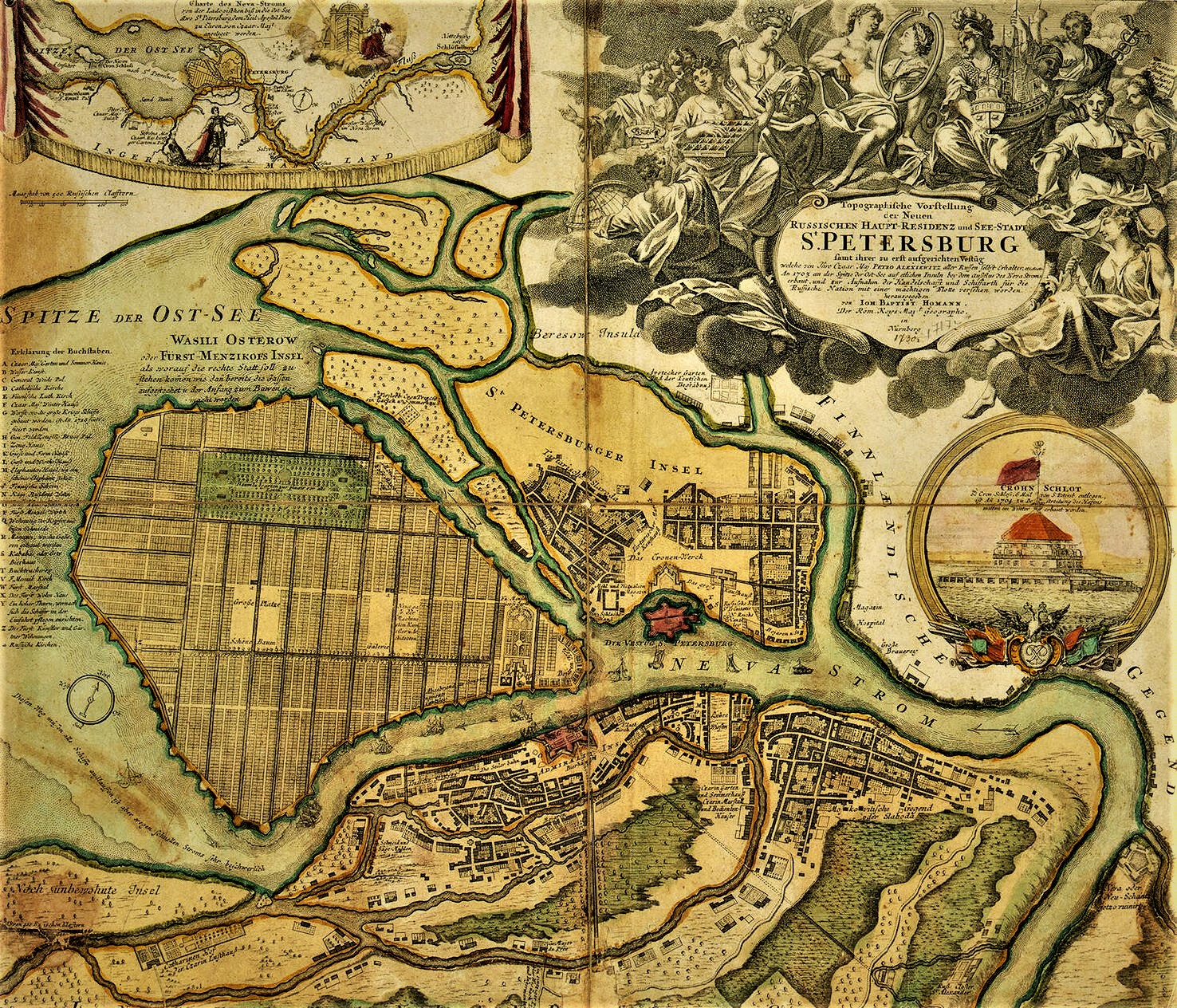
Even more structures appeared during the reign of Catherine the Great. This period is considered the heyday of Russian architecture. When the queen came to the throne, there were about 60 thousand inhabitants in the city, and thirty years later 230 thousand people already lived there. It was during the time of Catherine II that the mass construction of the city with spectacular stone buildings began, which today form the main attractions of the city on the Neva River: Palace Square, Kamennoostrovsky and Yelagin Palaces. At the same time, the famous monument to Peter I, The Bronze Horseman, was created.
During the same period, the territory of the Alexander Nevsky Lavra was developed. The empress paid special attention to the decoration of public spaces suitable for walking; during her reign, all the embankments of Neva were lined with granite stone.
During the reign of Paul I, the construction of beautiful buildings in the city continued. The 19th century generally became a golden age in the architecture of the Northern Capital. Saint Isaac’s and Kazan Cathedrals, the Mariinsky Palace, the Mikhailovsky Castle, the Church of the Saviour on Blood and many other buildings were then built in Saint Petersburg. The buildings of the supreme institutions of Russia – the Senate and the Synod, the General Staff Building and ministries on Palace Square also appeared. The city gradually began to acquire the features that have been preserved in its appearance till now: straight streets, austerity of style and building density. At that time, architects and builders adhered to certain rules that were formulated by the emperors. Developers were required to strictly observe the established lines of streets: only canopies over entrances – and balconies and bay windows at the second floor or above – could protrude beyond the line of facades.
However, at that time, in addition to luxurious private mansions, the number of tenement houses in Saint Petersburg, the owners of which rented out their premises, grew rapidly. In an effort to extract the maximum income, each homeowner built up his site as densely as possible. Such high building density, the abundance of dark and damp courtyard-wells have become a typical feature of many quarters of Saint Petersburg.
At the beginning of the 20th century, industrial progress broke into the city. At the time, preference was given not to the construction of new buildings, but to improving the lives of citizens. Dozens of bridges were built across numerous rivers and canals of Saint Petersburg, railway lines appeared to connect the city with all corners of Russia. For the convenience of residents’ movement along the streets, trams were introduced in 1907. Life in the city has become more attractive and convenient. That is why at the beginning of the 20th century tens of thousands of people from all over the country came here to live. The growth of the population of the capital during this period outpaced the growth of the population of Paris, London and even New York.
In August 1914, in the wake of anti-German sentiment associated with the First World War, the city was renamed Petrograd.
After the October Revolution, state architectural and planning institutions were established here, which involved major Petrograd architects: A. I. Gegello, V. G. Gelfreikh, A. S. Nikolsky, L. V. Rudnev, I. A. Fomin. Behind the Narva, Moscow and Vyborg outposts, the construction of residential buildings and public buildings was launched. New types of structures began to appear: community centres, clubs, communal kitchens, communal houses. The architecture of that period was called constructivism.
In 1924, after the death of Lenin, Petrograd was renamed Leningrad by decision of the Central Committee of the All-Union Communist Party of Bolsheviks. The master plan for the development of the city adopted in 1935, provided for complex development of the former outskirts. However, these works, so necessary for the city, were interrupted by the outbreak of the Great Patriotic War.
The most tragic page in the history of Leningrad is the almost 900-day siege of the city by German troops. By the end of the war, the population of Leningrad had decreased by almost half: about 600 thousand people died of starvation, tens of thousands were evacuated. Hitler’s plans included wiping Leningrad off the face of the earth, arranging a ball before that in its best hotel, the Astoria. However, the heroism of Leningraders and Russian soldiers did not allow Hitler’s plans to come true.
The feat of the Leningrad restorers, who restored the monuments of Leningrad and its suburbs after the war, has no analogues in the history of architecture.
In 1951, a new revised master plan for the development of the city was adopted, in which much attention was paid to the reconstruction and municipal improvement of the city centre. In 1955, an act was signed in the city on the commissioning of the first phase of the Leningrad Metro. Today this subway is one of the most beautiful in the world. In 1990, the historic city centre was inscribed on the UNESCO World Heritage List.
The original name was returned to the city in 1991, after the collapse of the USSR.
Modern Saint Petersburg is a city of new technologies. Construction is now divided in two directions: the reconstruction of old buildings and the construction of new ones using postmodernist trends combined with the old architectural styles.
The city has always been one of the most important tourist centres in the world. For example, in 2022, 8 million tourists visited Saint Petersburg.
The museums of Saint Petersburg are comparable in their collections to the most valuable art collections in the world; the city competes in this area with the Prado of Madrid, the Louvre of Paris and the Vatican Museums. It is the largest museum in Russia, the State Hermitage. Its expositions occupy six buildings, where about 3 million showpieces are stored. The real pride of the museum is the building of the Winter Palace, where the residence of the royal family was located. This magnificent complex was built in the Elizabethan Baroque style by Bartolomeo Rastrelli, a Russian architect of Italian origin. In front of it is Palace Square, an architectural ensemble built in the 18th and 19th centuries. The middle of the square is crowned by the monumental Alexander Column, which is dedicated to the victory of the Russian Empire over Napoleon’s army. The column was erected by decree of Nicholas I.
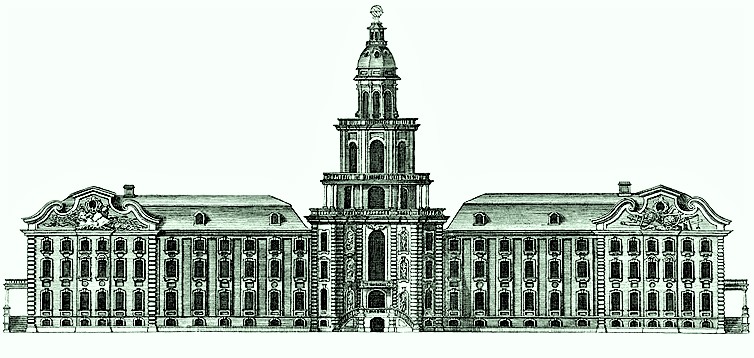
Saint Petersburg is a museum town. We should start listing its attractions, perhaps, with the oldest architectural monument of Saint Petersburg, the Peter and Paul Fortress. The date of laying the fortress on May 16 (27), 1703 is also considered the date when Saint Petersburg was founded. According to the classification of the fortresses of the Russian Empire, it was considered a class I fortress, but was not used in any battle. The modern fortress includes numerous architectural monuments and museums: the Peter and Paul Cathedral (the tomb of the Russian imperial house of the Romanovs), Grand Ducal Burial Vault, Boathouse, Commandant’s House, Engineering House, Mint, Museum of the History of Saint Petersburg, Military Historical Museum of Artillery, Engineers and Signal Corps, Museum of Cosmonautics and Rocket Technology. The fortress belongs to the historical part of Saint Petersburg and, together with the complex of monuments located here, is included in the UNESCO World Heritage List. The Peter and Paul Cathedral on the territory of the fortress remained the main temple of the capital for a long time. It was built in the classical Russian Baroque style.
One of the oldest buildings in the city is the Kunstkamera, a museum created on the personal instructions of Peter I. For more than 300 years, samples of mutations, deformities, gene disorders, pathologies and man-made “ugliness” of nature and the human body have been collected there. In the early years of the museum’s existence, real dwarfs, giants and other people with various abnormalities lived there. People always showed high interest in this unusual collection, part of which was compiled by the tsar himself during his travels abroad. To date, more than a million specimens of rare phenomena have been collected in the Kunstkamera.
One of the most beautiful examples of the palace architecture of Saint Petersburg is the Mikhailovsky Castle, the most expressive symbol of the Pavlovian era. The artistic tastes and originality of its main creator, Emperor Paul I, were embodied in its appearance. The castle was built on the island bounded from the north and east by the waters of the Moika and Fontanka rivers. From the western and southern sides, the island was washed by two specially dug channels, Voskresensky and Tserkovny. The system of castle fortifications that surrounded the palace, and the Connetable Square located in front of it, included canals, semi-bastions, drawbridges and cannons. A monument to Peter I was erected in the middle of the square, cast in 1745-1747 according to the Rastrelli model made during the life of the famous great-grandfather Paul I. Emperor Paul wished to find a safe home, fearing palace coups. Ironically, it was in his new castle that he was killed.
The palace premises, including the gala halls of the castle, reopened to the public after many years of restoration. The principal retrospective exhibition of the State Russian Museum is showcased here in the castle. The remaining exhibits of the Russian Museum are located in the Benois Wing.
The Russian Museum is the largest museum of Russian fine art in the world. It was opened at the end of the 19th century. The museum collection was made up of exhibits from the Hermitage, the Alexander Palace, the Academy of Arts, as well as from private collections of some Russian aristocrats. In the museum you can see the paintings of Bryullov, Repin, Aivazovsky and other masters. As of January 1, 2023, the museum collection includes 444,705 items.
On the banks of the Neva River, on the site where the first Baltic shipyard once stood, a building made in the Russian Empire style and topped with a high spire, is raised. This is the Admiralty, which since 2012 has hosted the Russian Naval High Command. Under Peter I, there was a fortress here that protected the shipyard during the Great Northern War. The ship silhouette crowning the spire of the Admiralty is one of the symbols of the Northern Capital.
Another creation of Rastrelli is an architectural complex built by order of Empress Elizaveta Petrovna, the Smolny Convent (another name for the monastery is the Voskresensky Novodevichy Monastery). The Smolny Convent had been built for 87 years, the work was often interrupted by wars and lack of funding. The main cathedral was never open for worship. A concert hall has been operating here since 1990.
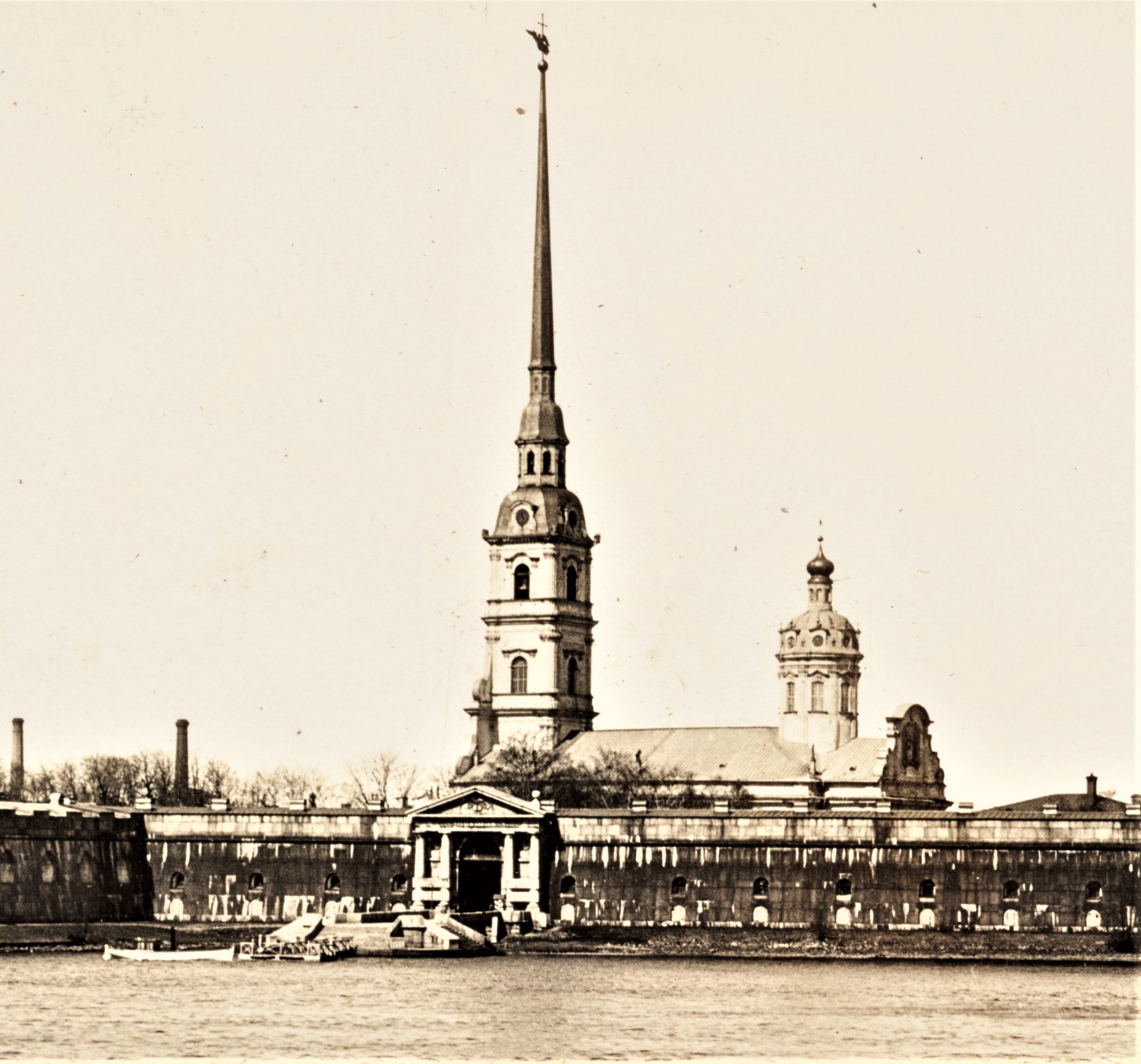
There are more than 100 theatres and theatre groups in Saint Petersburg. But the most famous theatres of the city include two of them, the Alexandrinsky and Mariinsky. The Alexandrinsky Theatre is the first Russian drama theatre in history available for the public, founded in the middle of the 18th century by decree of Empress Elizaveta Petrovna. The Mariinsky Theatre is the main opera stage of the city, known all over the world. It appeared in the middle of the 19th century by decree of Alexander II, who wished to name it in honour of his wife Maria Alexandrovna. The theatre performances are very popular among residents and guests of Saint Petersburg.
It is impossible not to mention the beautiful, majestic cathedrals of Saint Petersburg: the Kazan Cathedral created by Voronikhin; Saint Isaac’s Cathedral by Montferrand; Church of the Savior on Blood, and other religious buildings. And of course, the Bronze Horseman, a monument on Senate Square dedicated to the founder of the city, Peter the Great, holds a unique position in the list of the tourist attractions in the city.
The equestrian monument to Peter appeared at the request of Empress Catherine II. She decided to perpetuate the image of Peter in a majestic figure with a scepter, dressed in the clothes of a Roman emperor. But the sculptor Falconet proposed a different solution. According to his plan, the first Russian emperor was to be perceived primarily as a builder, creator, thinker and benefactor of Russia.
In the equestrian monument created by Falconet, Peter the Great is moving upward, striving for the greatness of his empire, over the expanses of which he stretches his right hand…
Everyone who comes to Saint Petersburg begins their acquaintance with it from Nevsky Prospekt, the most famous and picturesque street of the Northern Capital. The avenue was designed as the main entrance to the city from Moscow. It stretched for 4.5 km. There are many architectural monuments here. They say that the spirit of Saint Petersburg itself lives on Nevsky Prospekt.
Anyone who has ever visited the Northern Capital will keep the memory of this great city for life.




